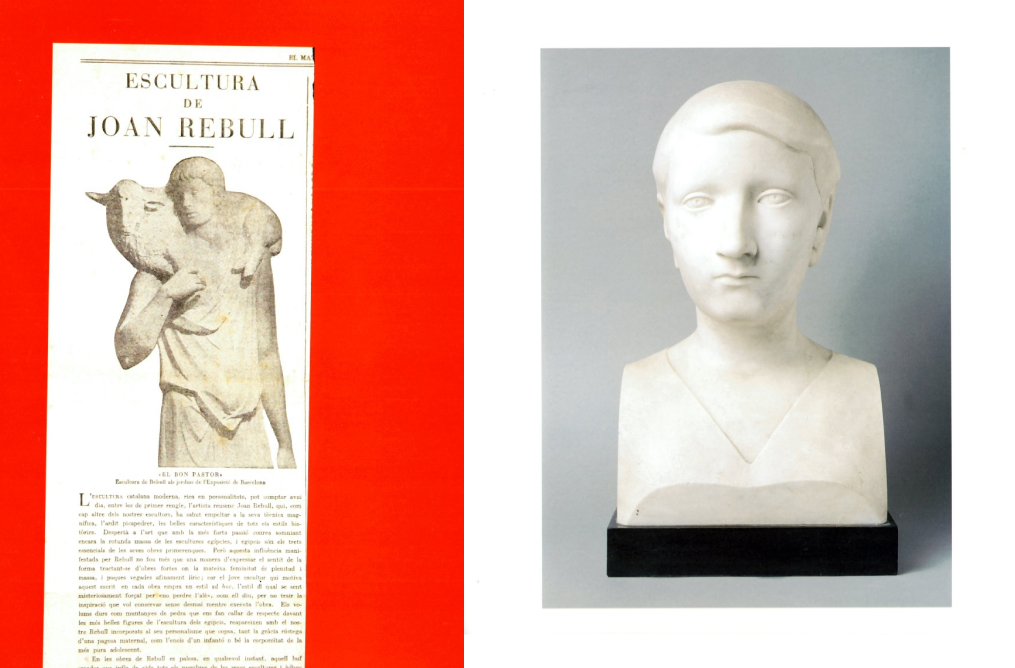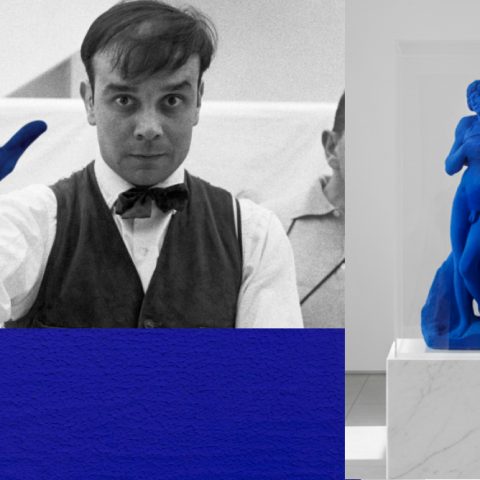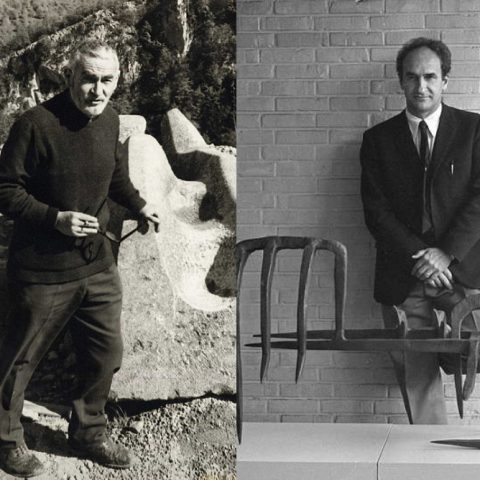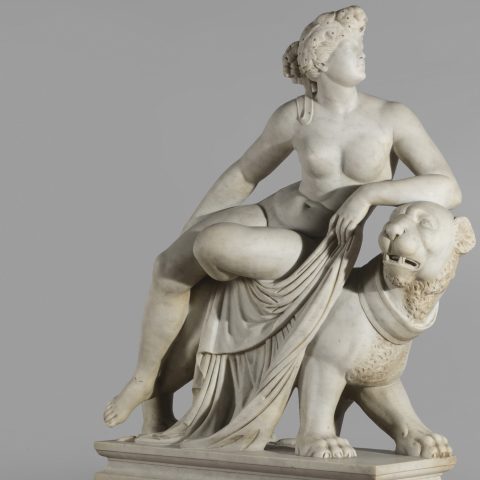Catalan sculpture has experienced moments of splendor that have left an indelible mark on European art. From the Middle Ages to modern times, Catalonia has been the cradle of great talents who, through stone, bronze or marble, have expressed the identity, spirit and sensitivity of a people. During the first half of the 20th century, Catalonia experienced a veritable artistic explosion, and sculpture was no exception. In the shadow of modernism, which had transformed architecture and the decorative arts, a generation of sculptors emerged who sought new languages without breaking completely with tradition. Catalan sculpture of this period is characterized by a fruitful coexistence between Mediterranean classicism, modernist symbolism and the influences of European avant-garde movements such as cubism, noucentisme and art deco.
Artists such as Pablo Gargallo, Enric Casanovas, Josep Clarà and Manolo Hugué marked a path that combined formal sobriety, a sense of volume and a deep attachment to the human figure. In this context, Catalan sculpture became one of the most solid and personal on the Spanish and European scene, contributing works that reflected both the Mediterranean soul and the modern concerns of the time. In the midst of this artistic effervescence, Joan Rebull rose as an outstanding figure, capable of synthesizing tradition and modernity with his own profoundly lyrical voice.
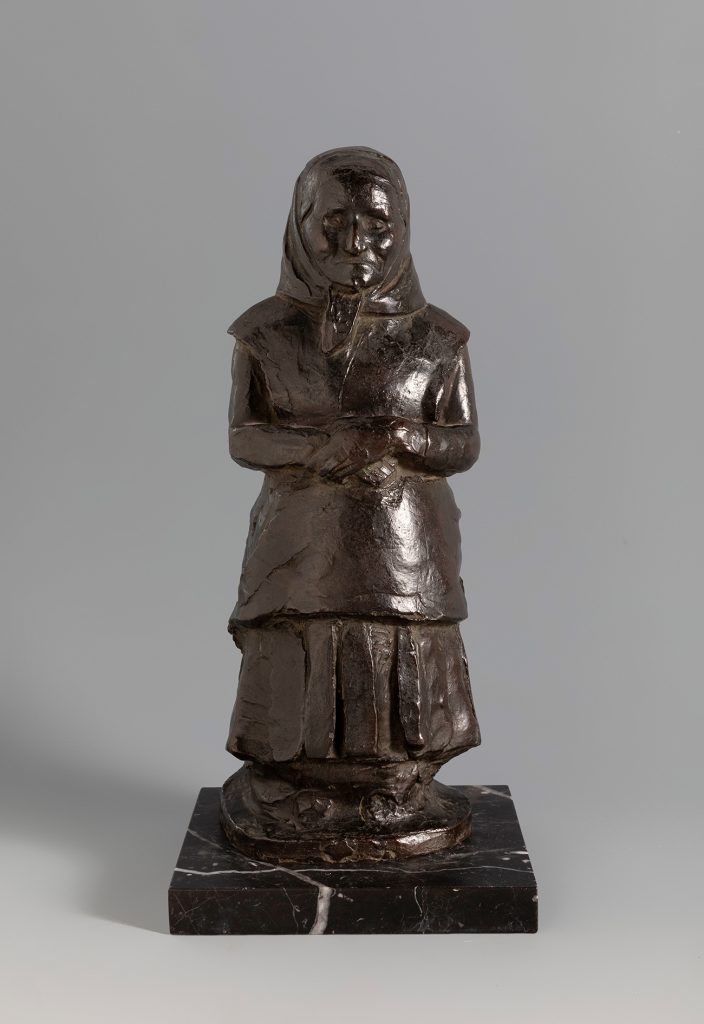
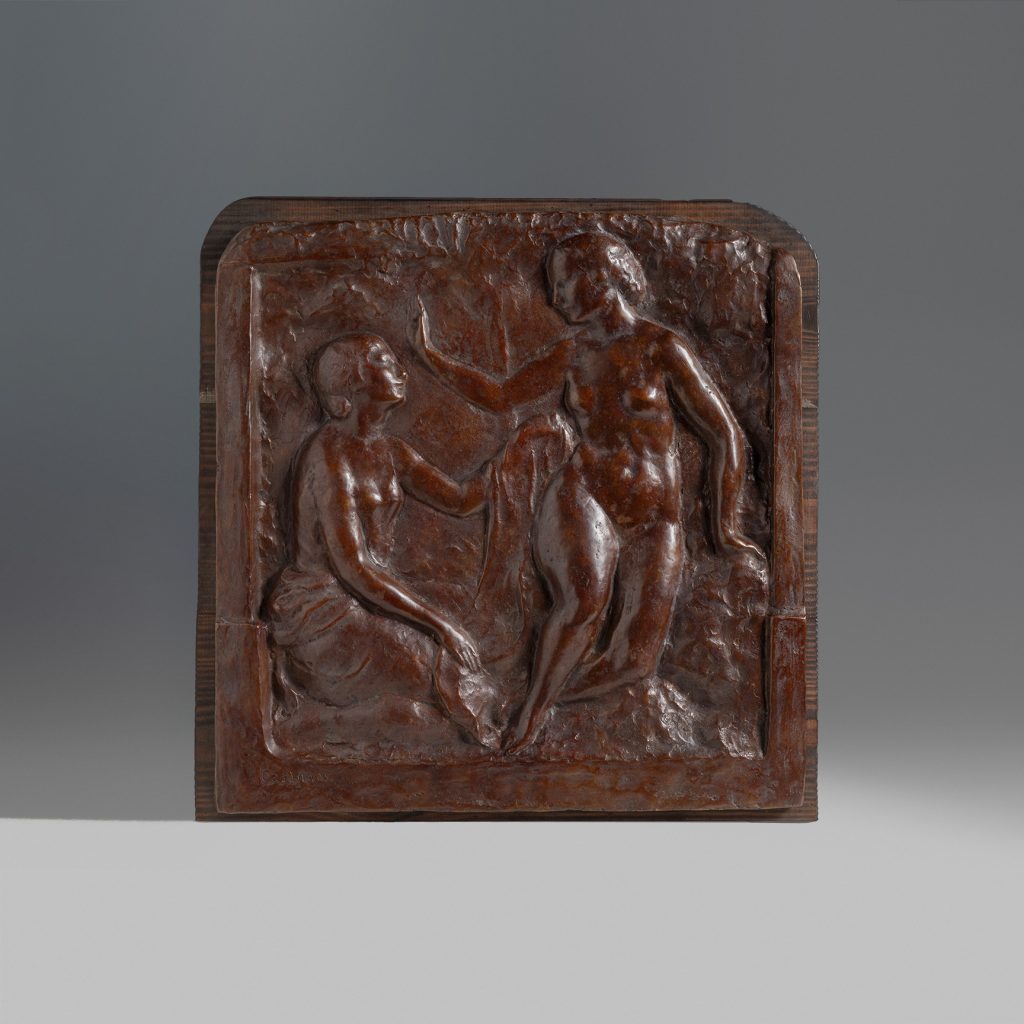
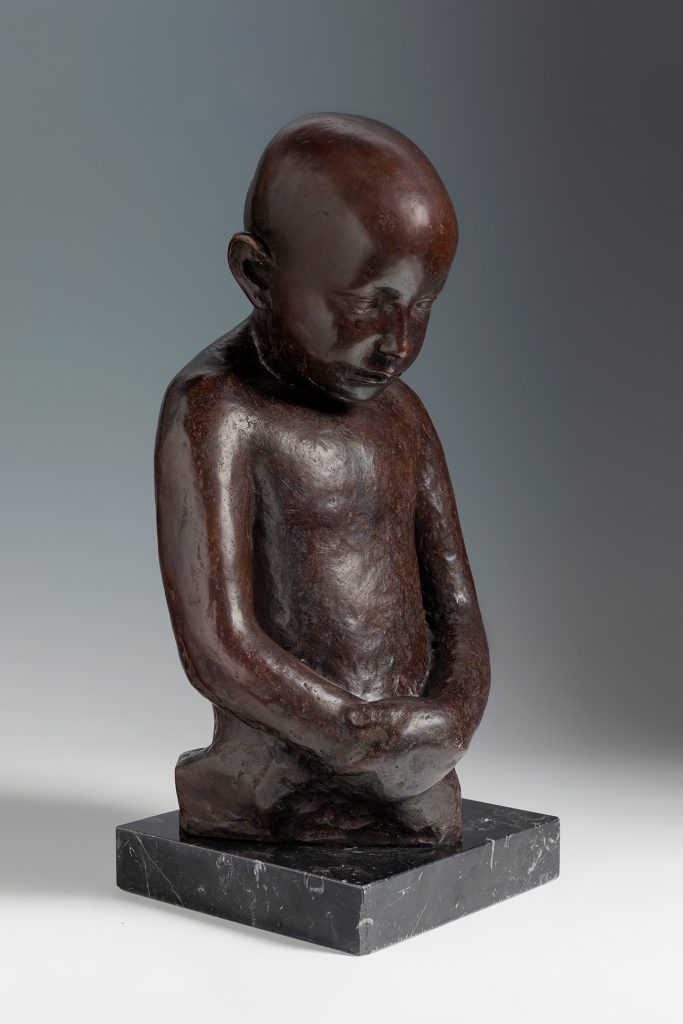
Classical Roots and Modern Sensibility
After a brief stay in Barcelona, Rebull moved to Paris between 1927 and 1929, where he became immersed in the avant-garde artistic environment and came into contact with figures such as Picasso and Paul Eluard. This experience awakened in him a strong sense of modernity that marked a before and after in his career. However, he never completely detached himself from the influence of Noucentisme, a current that had marked his training and whose essence is reflected throughout a trajectory that acts as a kind of bridge through which we connect the artistic culture before and after the Spanish Civil War.
Inspired by the thought of Torres García, Rebull did not seek to represent the visible reality, but a deeper truth. To do so, he turned to the roots of ancient Mediterranean art, taking as his reference cultures such as Mesopotamian, Egyptian and Greek. This look to the past responded to the desire to recover an authentic cultural identity, common in many European movements of the time. Thus, Rebull developed a sculptural style characterized by solid volumes and an austere but symbolic expressiveness, especially visible in his representations of children and female figures. In them the sculptor achieves a perfect balance between the material and the ethereal, the classical and the modern, turning each piece into a reflection on beauty and human dignity.
Joan Rebull: A Lasting Legacy
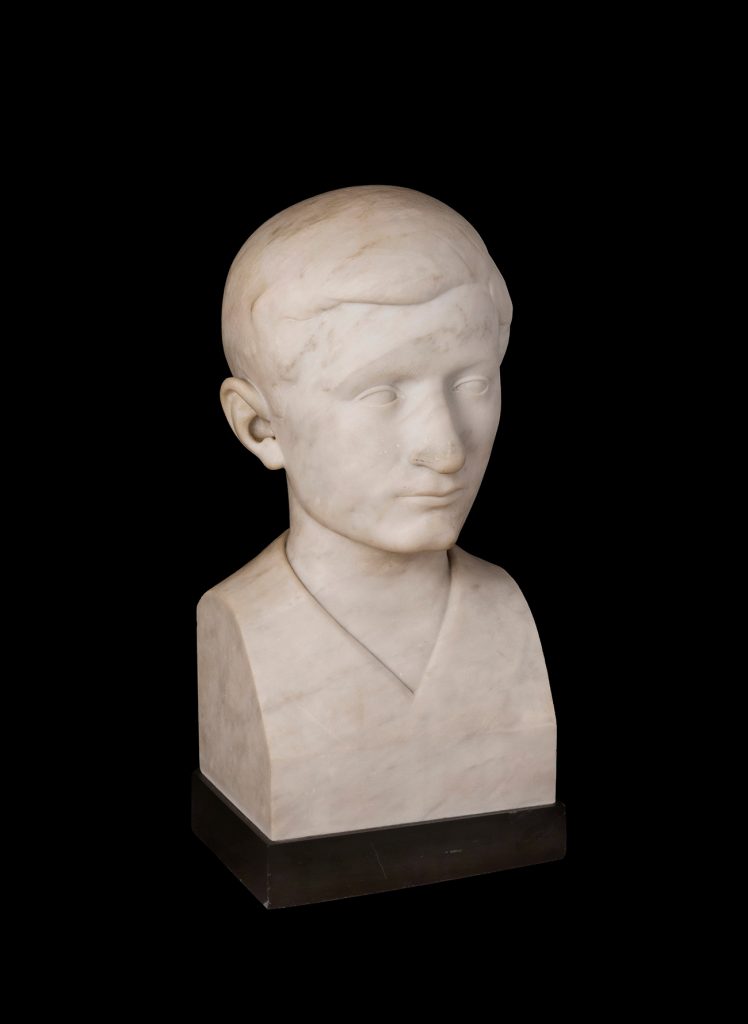
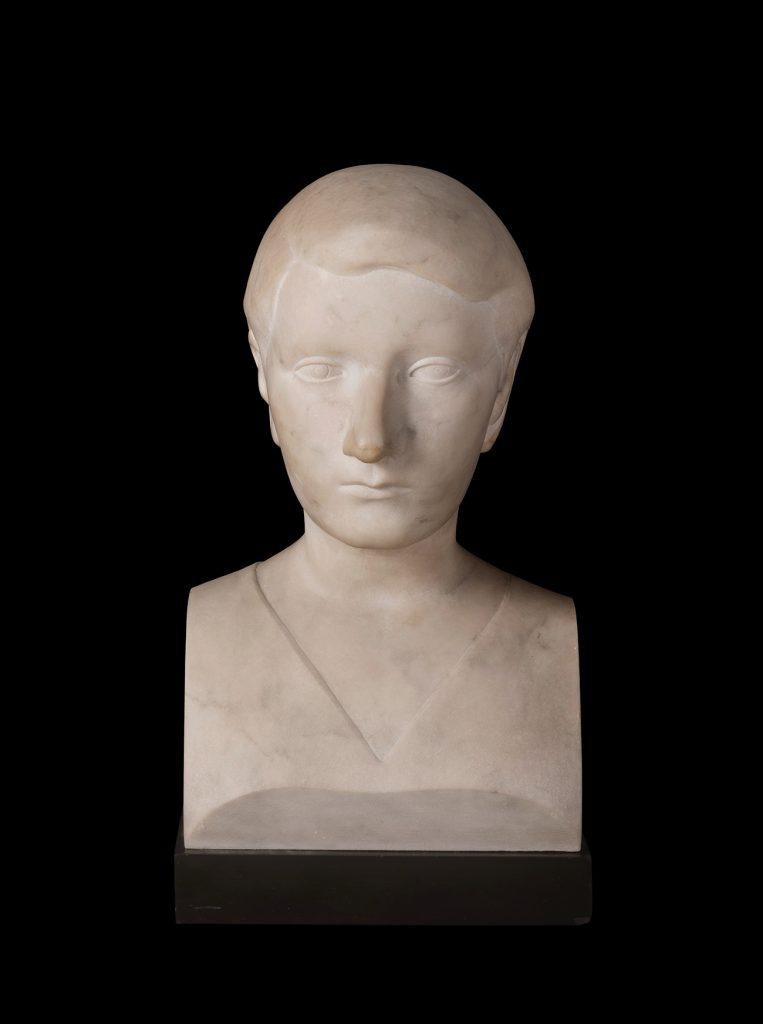
Rebull was not only a witness of his time, but also a sculptor faithful to a vision of art as a space of beauty, balance and humanity. With the passage of time, his work continues to speak to us with the same serenity and depth as when it was created. Today, when we look at a sculpture by Joan Rebull, we not only admire technical skill or formal beauty: we also recognize a tradition that breathes through matter, a Catalan and universal way of understanding art as consolation, as an affirmation of the human.
His aesthetic and political commitment consolidated him as the most relevant Catalan sculptor of the mid-twentieth century, whose influence extends to generations of Catalan sculptors who saw in him an example of fidelity to form, sensitivity and Mediterranean culture.

